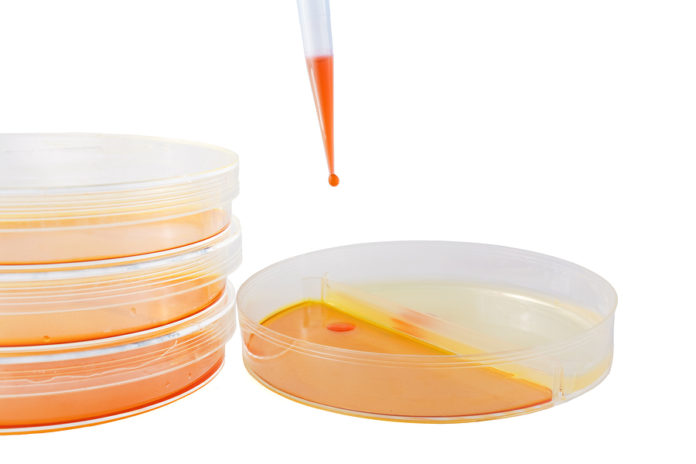
In a new report from environmental group Friends of the Earth, the safety and sustainability of lab-grown and genetically engineered animal replacement products are brought into question — and concludes that there’s not enough data to provide answers.
Here are some of the questions the report explores.
How safe are the ingredients used in second-generation meat alternatives?
Second-generation meat alternatives are processed in a variety of ways. Some manufacturers use genetically engineered yeasts, bacteria, and algae to create proteins for animal replacement products. Lab-grown meat producers might use fetal bovine serum, cell culture mediums, and drugs and antibiotics in their processing methods.
What could go wrong? The unknown is a huge part of the problem — Friends of the Earth notes that we need more data about the safety of these new ingredients, technology, and processing methods. Until more precise research is available, regulators won’t have the tools to address potential health and environmental impacts of modern production techniques and genetically engineered products.
In the meantime, manufacturers will determine the safety of their lab-grown meat and animal replacement products and also keep “bioengineered” or “GMO” disclaimers off their labels, leaving consumers in the dark about potential health and environmental effects of their food.
Are second-generation meat alternatives environmentally friendly?
People decide to eat less meat for plenty of reasons, one of which is to support environmental sustainability. However, Friends of the Earth’s report says people might want to think twice before stocking their carts with “sustainable” or “Earth-friendly” second-generation meat alternatives.
Again, for manufacturers to (accurately) make sustainability claims, we need more data about resource use. We need to know about all the energy, water, fossil fuels, chemicals, plastics, and feedstocks used during the production process — all of which are used to manufacture 15-20 key ingredients in these products. The report also mentions lack of data surrounding greenhouse gas emissions, wastewater, plastic and nutrient management, and disposal of genetically engineered organisms, which are all potential sources of environmental contamination.
______________________
As the market for meat alternatives continues to grow, producers will need to take a close look at these issues. Meat alternatives may be perfectly safe for consumers and the environment alike. But, the report suggests that we won’t really know until more information is available.







